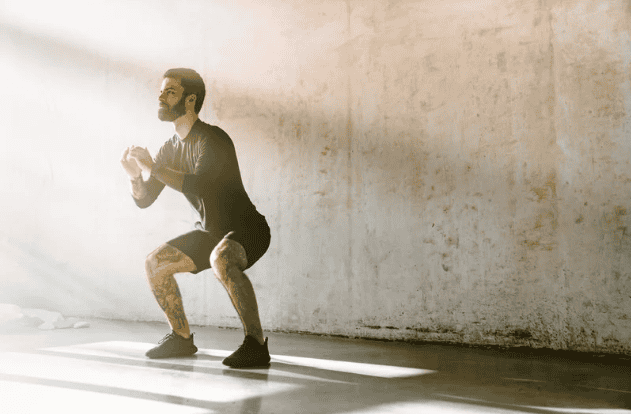In the world of health and wellness, functional fitness has emerged as a leading approach to exercise – and for good reason. It offers numerous health benefits including movement efficiency, reduced injury risk, strengthened balance and coordination, and increased strength and endurance.
What is Functional Fitness?
Functional fitness focuses on exercises that train your muscles to work together in ways that imitate everyday activities. These movements – such as squatting, twisting, lifting, and reaching – improve your strength, flexibility, and overall mobility. The goal is to enhance your body’s ability to perform real-life tasks with greater ease and safety.
Think about lifting grocery bags, climbing stairs, reaching for something overhead, or playing with your children – functional fitness prepares your body for these common movements. By training in this way, everyday activities become easier and safer.
Benefits of Functional Fitness
1. Improved Daily Performance
Functional fitness trains your body for everyday activities like bending, lifting, and squatting. As a result, these movements become easier, more efficient, and less likely to cause strain.
2. Enhanced Core Strength and Stability
Most functional exercises engage your core – not just your abs, but also your lower back, hips, and pelvis. A strong core improves posture, balance, and overall stability, reducing your risk of lower back injuries and falls.
3. Injury Prevention
Functional fitness helps reduce the risk of injury by strengthening muscles and correcting muscular imbalances. By mimicking natural movement patterns, it also improves joint mobility, which is especially important for individuals with pre-existing conditions.
4. Better Balance & Coordination
Many functional exercises emphasize balance and coordination, which are essential for preventing falls – particularly as we age. These exercises improve body awareness and stability over time.
5. Time-Efficient Workouts
Functional training often uses compound movements that target multiple muscle groups at once. This makes your workout more efficient, which is perfect for people with busy schedules who want a full-body routine.
How to Get Started
Getting started with functional fitness is simple. Many exercises use your body weight or minimal equipment such as resistance bands, kettlebells, or medicine balls. Common functional movements include squats, lunges, planks, deadlifts, step-ups, and medicine ball slams.
Conclusion
Functional fitness is more than just a passing trend – it’s a practical, empowering approach to health and movement. Whether you’re carrying groceries, playing with your kids, or striving to stay active as you age, functional fitness helps build the strength, stability, and mobility you need to thrive in everyday life.

